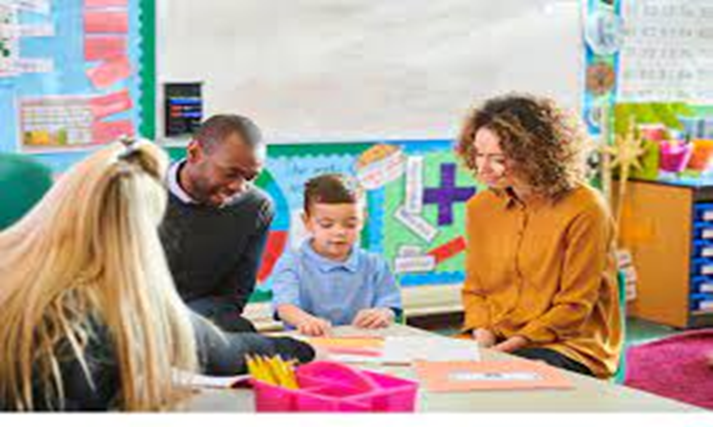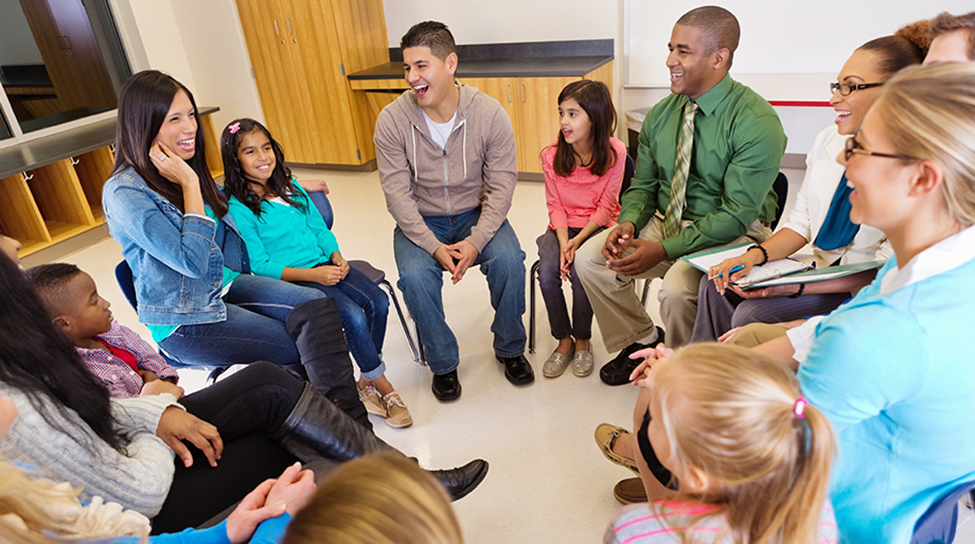Family and parent partnerships are essential to ensuring that students build strong relationships that can help in boosting their success. For instance, families can partner to help preschooler students access basic needs such as purchasing school uniforms, sanitary pads, and stationery. In the case of a successful partnership, students from low-income families will concentrate on their classes since their anxiety and stress levels will be minimized (“Definition of family,” n.d.). My project entails engaging affluent families and parents to engage in a charitable organization aimed at enhancing and bridging the gap between preschooler students from poor and rich backgrounds. Hence, I developed the program to increase awareness of the struggles of preschooler students from poor backgrounds and connect parents and families to focus on the importance of family partnerships.
The first activities of the program will include a family volunteers meeting and the classroom presentation of jobs in the community. The preparation process involves reaching out to all schools within our community to get acquainted with the number of preschooler students from poor backgrounds. Then, I intend to engage the school principals who will be major stakeholders in the project. They will inform parents of the project’s intentions and activities to enhance awareness. Further, I will request the principals to hold a joint meeting with parents, whereby I will be the major speaker. The family volunteers will listen and further participate in community meetings and programs to solve the issues regarding the lack of resources and lower grades among students from poor families.
The family volunteers will be a team of trusted partners who will help with resource collection and allocation to needy preschooler students. It will be easy to execute the project successfully, upholding integrity and transparency during the resource allocation (Shamaa, 2013). This will ensure that preschooler students are given the resources to minimize children’s delinquency in our local communities (Pratt, 2009). Importantly, the activity of classroom presentation of jobs in the community will be performed, with the help of family partnerships, to prepare the materials and invite the speakers. After listening to lectures, more preschooler students will feel supported, develop their imagination, and explore their abilities.
The project focuses on my community, which is fraught with a clear distinction between the rich and poor. Preschooler students from poor backgrounds are often associated with high stress and anxiety levels that have influenced their performance at school. Hence, the project will involve the activity of informing the parents and families about the significance of uniting and bridging the economic gap. Furthermore, the project intends to educate parents on how to handle children in their preschooler stage. Hence, I will create a 360-degree feedback program allowing parents to partner in discussions regarding the preschooler phase of life. During this activity, parents will be asking questions and informing each other of their insecurities during the mentioned childhood development period. As a result, it will be easy for parents to reinforce self-confidence and self-worth in students who feel a lack of support.
Thus, the program on increasing awareness of the struggles of preschooler students from poor backgrounds and connecting parents and families to focus on the importance of family partnerships was presented. The program includes several initiatives, among which the central one is collecting funds. Other activities include classroom presentations of jobs in the community, informing the families about the significance of bridging the economic gap, and educating the parents on best supporting preschoolers in their childhood development stage.
References
Definition of family. (n.d.). Merriam Webster. Web.
Pratt, A. (2009). Parent Involvement [Video file]. Web.
Shamaa, M. (2013). Parent communication – Section 1 [Video file]. Web.
Appendix 1
Here, the photos demonstrate the types of student-family cooperation, such as at-school visits, team-building meetings, and round tables with the participation of children.




